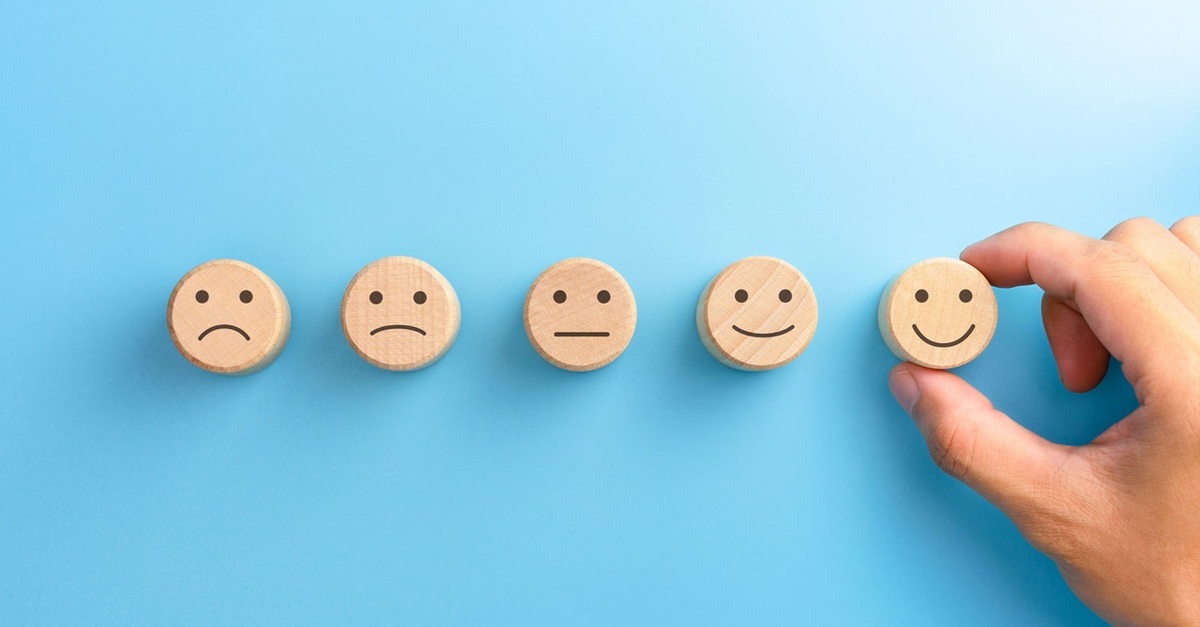The concept of customer experience is not new. However, we’ve seen a renewed focus with many businesses forced to change the way they deliver products/services to meet the expectations of their customers.
Organisations who have spent time evolving their customer experience in the past have been able to adapt quicker than those who have relied on traditional delivery channels. In this blog, I’ll unpack what is customer experience—also known as CX—and share some tips for building the ideal experience for the post-COVID, modern-day customer.
So what is CX? … and how does it relate to User Experience and Service Design?
User Experience (UX) typically focuses on the design and development of digital touchpoints that a customer will interact with, while interacting with your business. For example, your website or mobile app.
Service Design (SD) on the other hand, broadens that view to include non-digital touchpoints, as well as the supporting processes and staff that help deliver those experiences. For example, your customer service representative who sits behind a desk, or the support staff a customer talks to when returning a product.
And finally, Customer Experience (CX) combines aspects of both UX and SD, and focuses on the digital and non-digital touchpoints that a customer will interact with. The customer experience lens typically covers the following stages of a customer lifecycle: Awareness, Research, Comparison and Purchase. This can also be extended to include customers leaving your business, which helps inform and refine customer retention strategies.
While these definitions do provide a distinction between these disciplines, it’s worth noting that they are constantly evolving, as well as taking on different shapes depending on the business. It’s important to remember they all set out to understand similar things.
At DiUS, our job as Experience Designers (XD) encapsulates the disciplines above to ensure we always consider the wider context for a user when designing new customer experiences.
Now we understand what customer experience means in the context of your business, let’s look at some tips to get you started on your own CX journey…
CX tip #1 – Adopt an agile and customer-first mindset
Delivering a seamless customer experience can only be achieved when you become a connected business. While this won’t happen overnight, it’s worthwhile breaking down the changes into small chunks, prioritising them, and implementing them with a cadence that suits other business goals and/or the overall product roadmap. Additionally, it’s important to have empowered stakeholders from across different parts of the business to champion the customer-focused strategy. Small changes come together over time to achieve a seamless customer experience.
CX tip #2 – Look sideways/CX gap analysis
A useful exercise which can be done quite inexpensively is to start observing your competitors, or even other companies delivering products/services using the channels you might be interested in improving or implementing. This can be as simple as interacting with their website or mobile app, contacting their support channels or even visiting a branch (when allowed to do so).
CX tip #3 – Recognise that ‘the customer’ has changed
Customer needs and expectations have changed dramatically due to COVID-19. With a shift to sharing more information digitally, characteristics like brand and reputation are becoming part of the decision-making process, in equal measure to security and convenience. Ensure your brand values are properly reflected across all your touchpoints—from the initial onboarding flow to the support email a customer receives when they have an issue.
CX tip #4 – Leverage new technologies, but keep it human / humanise the virtual world
If the recent surge in custom Zoom backgrounds is any indication, people seek to humanise their digital environment. While implementing new touchpoints using artificial intelligence or automation technologies are popular approaches to developing a more seamless experience for your customers, don’t lose the human touch. Make sure that your customers are still being served by human agents at key stages in their journey.
CX tip #5 – Measure and test the changes you make to your customer experience
Finally, it’s important to measure the changes you implement to ensure they’re achieving uplift in the experience you were expecting. Metrics related to lead generation, conversion or retention are most likely top of mind for most businesses. However, using a mechanism like NPS to capture customer sentiment can help validate the improvement of a customer’s perspective at different stages of their journey.
CX is fast becoming the new brand for businesses
We can see that particularly in times of crisis, a customer’s interaction with a business can have an impactful effect on their sense of trust and loyalty. Now is the perfect time to focus on your customer experience, and demonstrate to your customers your willingness to adapt and support their evolving needs.

